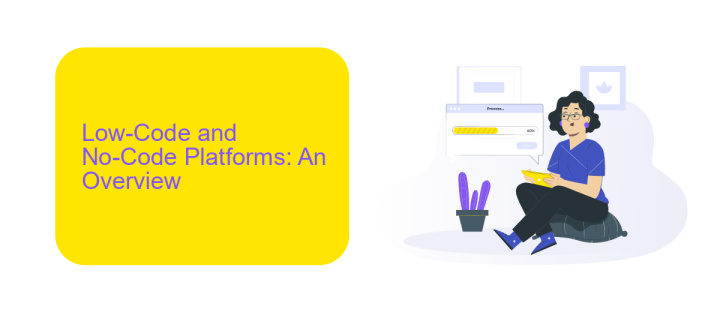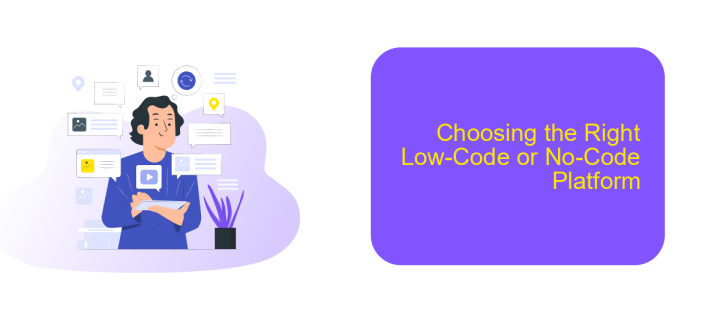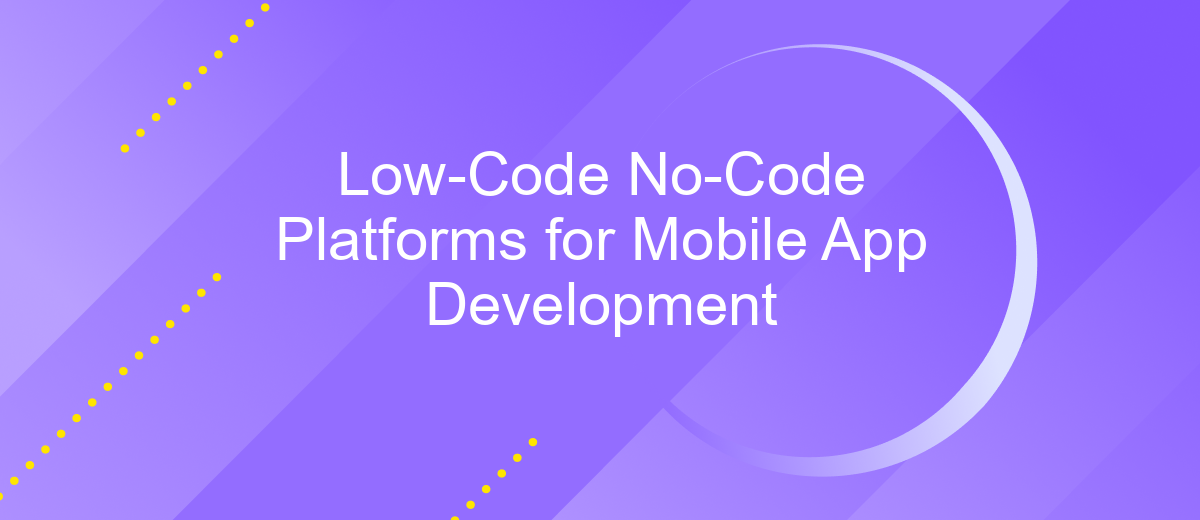Low-Code No-Code Platforms for Mobile App Development
In an era where digital transformation is paramount, Low-Code No-Code (LCNC) platforms are revolutionizing mobile app development. These platforms empower businesses and individuals to create robust, feature-rich mobile applications with minimal coding expertise. By streamlining the development process, LCNC tools are democratizing app creation, making it accessible to a broader audience and accelerating innovation across industries.
Introduction
Low-code and no-code platforms are revolutionizing the way mobile apps are developed, making it easier for individuals and businesses to create robust applications without extensive programming knowledge. These platforms use visual development environments and pre-built templates, enabling users to drag and drop elements to build their apps.
- Speed: Rapid development cycles.
- Accessibility: No need for advanced coding skills.
- Cost-effective: Reduces development costs.
One of the key advantages of these platforms is their ability to integrate with various services and APIs effortlessly. For instance, ApiX-Drive offers seamless integration capabilities, allowing users to connect their mobile apps with a multitude of third-party services without writing a single line of code. This not only enhances functionality but also streamlines the development process, making it more efficient and user-friendly.
Low-Code and No-Code Platforms: An Overview

Low-code and no-code platforms have revolutionized mobile app development by enabling users to create applications with minimal or no coding knowledge. These platforms offer drag-and-drop interfaces, pre-built templates, and easy-to-use tools that simplify the development process. This democratization of app development allows businesses to quickly prototype, test, and deploy mobile applications, significantly reducing time-to-market and development costs.
In addition to simplifying the development process, low-code and no-code platforms often provide built-in integration capabilities. For instance, services like ApiX-Drive facilitate seamless integration with various APIs, enabling users to connect their apps with external data sources and third-party services effortlessly. This not only enhances the functionality of the applications but also ensures they can easily adapt to changing business needs. As a result, low-code and no-code platforms empower organizations to innovate rapidly and stay competitive in today's fast-paced digital landscape.
Benefits of Using Low-Code and No-Code Platforms for Mobile App Development

Low-code and no-code platforms offer a range of benefits for mobile app development, making the process more accessible and efficient. These platforms enable developers and non-developers alike to create robust mobile applications with minimal coding knowledge.
1. Speed and Efficiency: These platforms significantly reduce the time required to develop mobile apps by providing pre-built templates and drag-and-drop interfaces.
2. Cost-Effective: They lower the cost of development by minimizing the need for a large development team and reducing the time spent on coding.
3. Ease of Integration: Services like ApiX-Drive facilitate seamless integration with various APIs and third-party services, enhancing the app's functionality without extensive coding.
4. Scalability: Low-code and no-code platforms are designed to scale with your business needs, allowing for easy updates and modifications.
5. User-Friendly: These platforms are designed with intuitive interfaces, making it easier for non-technical users to participate in the app development process.
Overall, low-code and no-code platforms democratize mobile app development, enabling businesses to quickly and cost-effectively bring their ideas to life. By leveraging tools like ApiX-Drive, companies can easily integrate essential services, further enhancing their applications' capabilities and user experience.
Choosing the Right Low-Code or No-Code Platform

Choosing the right low-code or no-code platform for mobile app development involves considering several critical factors. First, assess the specific needs of your project, such as the complexity of the app, required integrations, and scalability. Different platforms offer varying levels of customization and capabilities, so it’s essential to match the platform’s strengths with your project requirements.
Next, evaluate the user interface and ease of use. A platform with an intuitive interface can significantly reduce development time and make it easier for non-developers to contribute. Look for platforms that offer drag-and-drop functionality and pre-built templates to streamline the development process.
- Project requirements and complexity
- User interface and ease of use
- Integration capabilities with other tools and services
- Scalability and future-proofing
- Cost and licensing model
Finally, consider the integration capabilities of the platform. For instance, if your app needs to connect with various third-party services, a platform like ApiX-Drive can be invaluable. It allows seamless integration with numerous apps and services, ensuring your mobile app can communicate effectively with other tools in your ecosystem.
Case Studies and Success Stories
One notable case study involves a retail company that leveraged a low-code platform to develop a mobile app for managing inventory and sales. Prior to adopting the low-code approach, the company faced prolonged development cycles and high costs. By utilizing the platform, they were able to create and deploy a fully functional app within weeks, significantly improving their operational efficiency and reducing overhead costs.
Another success story comes from a healthcare provider who used a no-code platform to build a patient management system. The platform allowed them to integrate various third-party services seamlessly, including ApiX-Drive for data synchronization. This integration enabled real-time updates and streamlined workflows, resulting in improved patient care and administrative efficiency. These examples highlight the transformative potential of low-code and no-code platforms in diverse industries.
FAQ
What are Low-Code No-Code platforms?
How do Low-Code No-Code platforms benefit businesses?
Can Low-Code No-Code platforms be used for complex mobile app development?
How can I integrate third-party services into my Low-Code No-Code mobile app?
Are Low-Code No-Code platforms secure for mobile app development?
Strive to take your business to the next level, achieve your goals faster and more efficiently? Apix-Drive is your reliable assistant for these tasks. An online service and application connector will help you automate key business processes and get rid of the routine. You and your employees will free up time for important core tasks. Try Apix-Drive features for free to see the effectiveness of the online connector for yourself.

